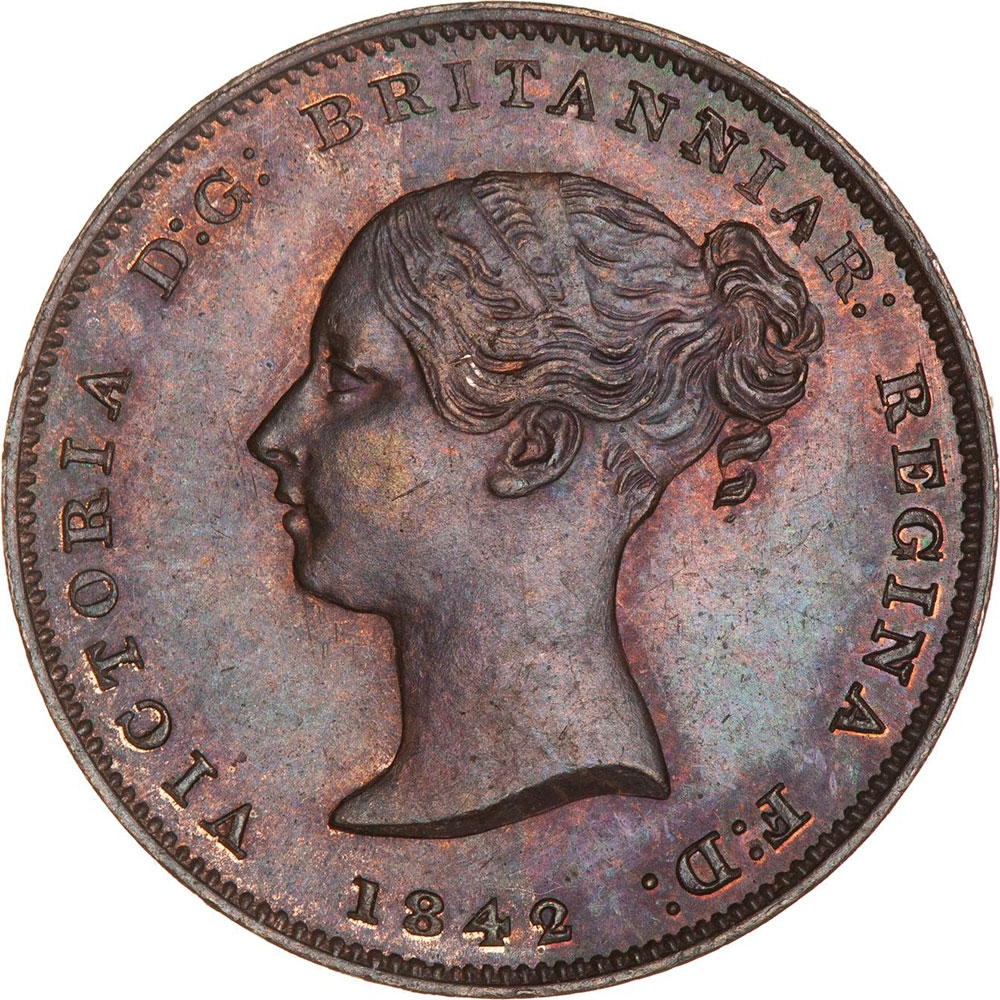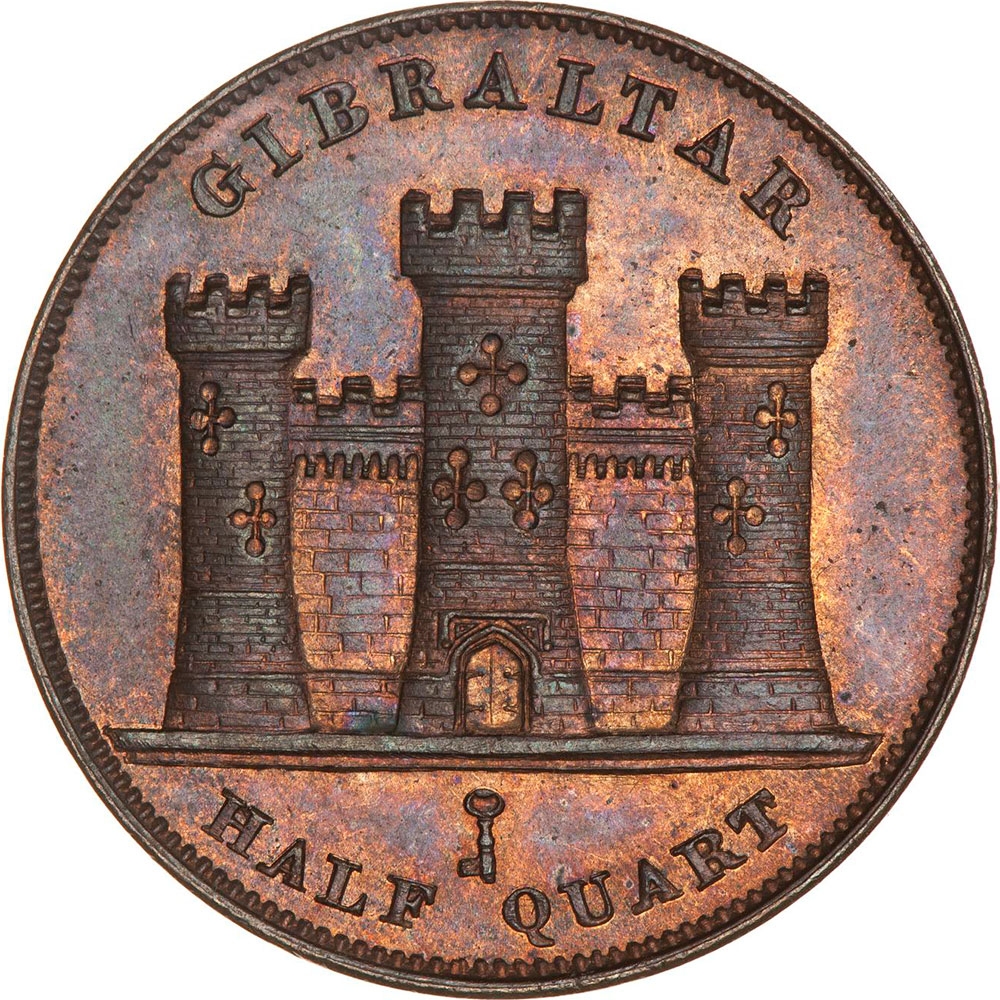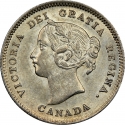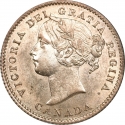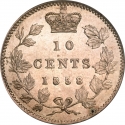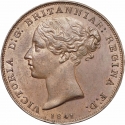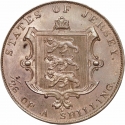You are about to finish your registration. Please check your mailbox (including spam folder). There should be a letter with a confirmation link. Check setting to make sure that your e-mail address is correct.
Send letter againDescription
Gibraltar is a British Overseas Territory located at the southern tip of the Iberian Peninsula. The name Gibraltar is derived from Gebel Tarik (hill of Tarek) so named after Tarik ibn Zeyed who captured the site in AD 711. It has an area of 6.7 km2 (2.6 sq mi) and is bordered to the north by Spain. The landscape is dominated by the Rock of Gibraltar at the foot of which is a densely populated city area, home to over 30,000 people, primarily Gibraltarians.
An Anglo-Dutch force captured Gibraltar from Spain in 1704 during the War of the Spanish Succession on behalf of the Habsburg claim to the Spanish throne. The territory was ceded to Great Britain in perpetuity under the Treaty of Utrecht in 1713.
After the Anglo-Dutch occupied Gibraltar, the Spanish real continued to circulate in the town. In 1825, the relative values of the various circulating coins were revised and pegged to the British pound. The real de plata was subdivided into 24 quarts, valuing the real de plata at 96 maravedíes compared to 85 in Spain.
In 1842, coins were issued in ½, 1 and 2 quarts denominations. The denominations of the coins are quarts after the Spanish copper coin cuarto. A total of 387,072 quarts worth of coins were issued, allowing soldiers wages to be paid in quarts rather than pence. Other coins continued to circulate, however, until 1872. In that year, the Spanish currency became the sole legal tender in Gibraltar. In 1898, the Spanish–American War made the Spanish peseta drop alarmingly and the pound was introduced as the sole currency of Gibraltar, initially in the form of British coins and banknotes.
Obverse

|
Left-facing uncrowned portrait of Queen Victoria with ribbons in her hair. The portrait is taken from the dies of the Maundy twopence. Date below. VICTORIA D:G: BRITANNIAR: REGINA F:D: |
|---|---|
Reverse

|
Coat of arms above value. GIBRALTAR |
| Edge |
